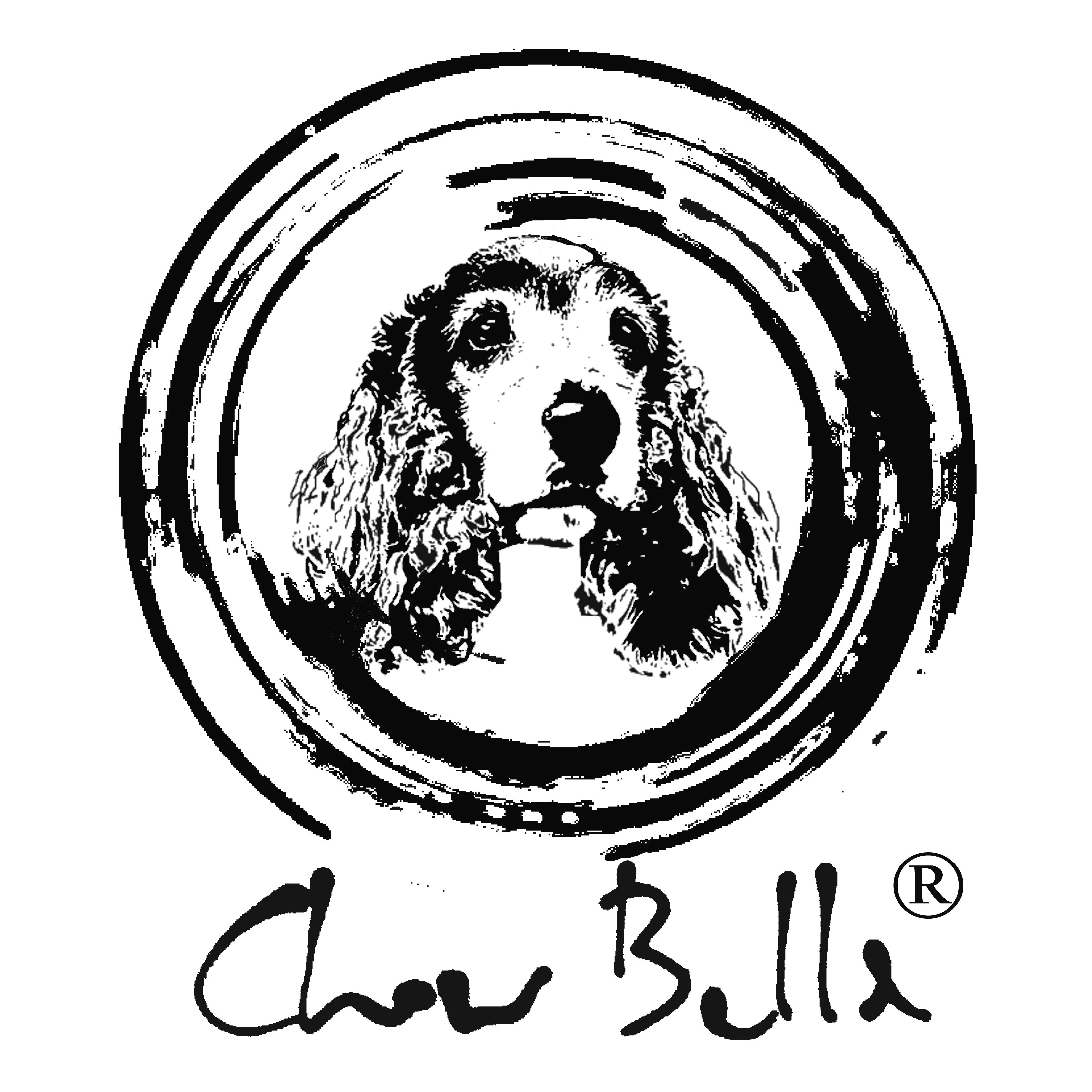Not all dog bowls are created equal. Plastic, metal, 3D-printed, ceramic — they may all look like simple feeding dishes, but the material you choose can affect your dog’s health, your home, and even the planet.
So, why do we at Chow Bella swear by ceramic dog bowls? Let’s dig into the pros and cons of each option, and why ceramic often comes out on top.
The Plastic Problem: Why It Matters for Dogs

Plastic bowls are everywhere — cheap, light, and colourful. Handy, yes. But here’s the rub:
-
Chemical concerns: Older plastics, and even some modern ones, can leach BPA or phthalates into your dog’s food or water. Scratches on the surface make it worse, as bacteria gather in the grooves.
-
Lightweight: Many dogs (especially cheeky spaniels!) think a plastic bowl is a toy, flipping or carrying it around the kitchen.
-
Environmental impact: Virgin plastic has a heavy carbon footprint, and most of it ends up in landfill. Some UK brands are doing better with recycled plastics — such as bowls made from ocean waste — but plastic always has a shelf life.
Why Microplastics Are a Concern
You may have seen the headlines: a study suggested that people could be ingesting up to 5 grams of microplastics a week — about the weight of a credit card. The exact figure is debated, but it shows how widespread plastic has become in our food and water.
And if we’re swallowing it, our dogs almost certainly are too.
Dogs are especially exposed through bowls, toys and chews. Every scratch in a plastic bowl, every gnawed edge of a toy, can release microscopic fragments and additives into their mouths.
Why does that matter? Research suggests microplastics can:
-
cause inflammation in tissues and organs
-
carry chemicals like BPA and phthalates, which disrupt hormones
-
irritate the digestive tract
-
place stress on the immune system
The science in dogs is still emerging, but the principle is clear: the less plastic in contact with your dog’s food and water, the better.
Stainless Steel: Hygienic but Not Perfect

Stainless steel is often the go-to recommendation from vets. It’s durable, non-porous, and dishwasher-safe — no nasty bacteria lurking.
But there are a couple of downsides:
-
Taste and smell: Some dogs genuinely dislike the metallic tang of stainless steel.
-
Noise: On tiled floors, the clattering can be off-putting for noise-sensitive dogs.
-
Imports: Most stainless bowls are mass-produced overseas, so there’s the carbon footprint of shipping to consider.
The Rise of 3D-Printed Bowls

3D-printed bowls are popping up on Etsy and TikTok. They look clever and customisable, but proceed with caution:
-
Food safety: Not all 3D printing materials are food-safe. Coloured PLA, for example, may contain dyes or additives that leach into food.
-
Hygiene: The layered finish is riddled with microscopic grooves (because the bowl is produced by layer-by-layer printing) — a perfect breeding ground for bacteria unless sealed with food-grade resin.
-
Durability: Most prints aren’t dishwasher-safe - the heat can cause plastics like PLA and PETG to soften, warp, and potentially release more bacteria.
For now, 3D-printed bowls feel more like a design experiment than a practical, long-term solution.
Why Ceramic Wins

Here’s where ceramic bowls shine:
-
Safe and hygienic: A properly glazed, lead-free ceramic bowl is smooth, non-porous, and dishwasher-safe. No scratches, no bacteria build-up.
-
Stable and weighty: Dogs can’t tip them or carry them off. Perfect for enthusiastic eaters.
-
Style: Let’s be honest, if your kitchen is your pride and joy, a handmade ceramic bowl looks beautiful on the floor.
-
Made in Britain: Choosing UK-crafted bowls (like ours at Chow Bella) means fewer shipping miles and a much lower carbon footprint than imported alternatives.
-
Longevity: A well-made ceramic bowl can last for years — far outliving plastic, and with none of the metallic taste of steel.
The Eco Angle
Sustainability matters more than ever. Plastic bowls made in Asia may be cheap, but their environmental cost is high. By contrast, British-made ceramics support local makers and slash the carbon miles.
Recycled-plastic bowls (like those made from ocean waste in Devon) are another step forward — but ultimately, nothing beats a durable product that won’t need replacing every year.
Which Bowl is Right for Your Dog?
Every dog is different. A lightweight silicone bowl might be handy for camping trips, stainless steel for kennels, or recycled plastic for travel.
But for everyday mealtimes — where health, hygiene, and beauty matter — a handcrafted ceramic bowl is hard to beat. Safe, stylish, sustainable, and British-made.
Quick Comparison
| Material | Pros | Cons |
|---|---|---|
| Plastic | Cheap, light, colourful | Can leach chemicals, scratches easily, unhygienic, bad for planet |
| Stainless Steel | Durable, hygienic, recyclable | Metallic taste, noisy, mostly imported |
| 3D-Printed | Custom designs, local makers | Hygiene issues, not dishwasher-safe, food safety concerns |
| Ceramic | Safe, heavy, beautiful, UK-made | Can chip if dropped (but lasts years with care) |
Final Thoughts
Your dog’s bowl is more than a dish — it’s part of their daily health routine, and part of your home. By choosing ceramic, you’re choosing safety, sustainability, and style.
At Chow Bella, we’ve been hand-making bowls in the UK for nearly two decades. Each one is designed to last, tailored to your dog, and created with love.




